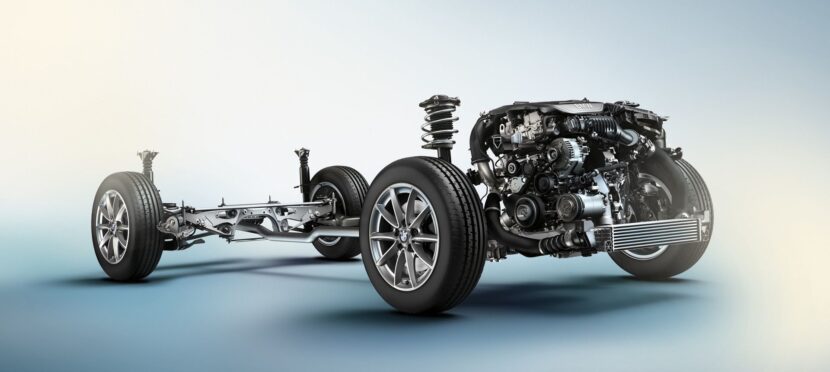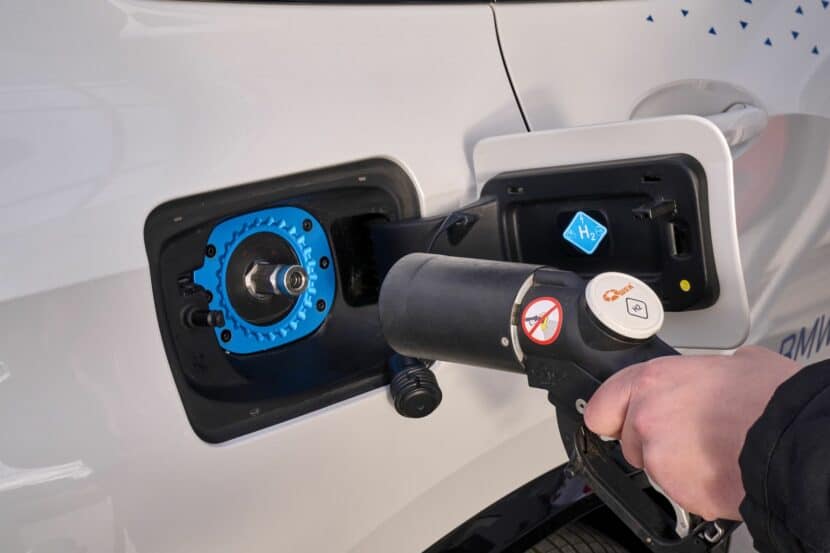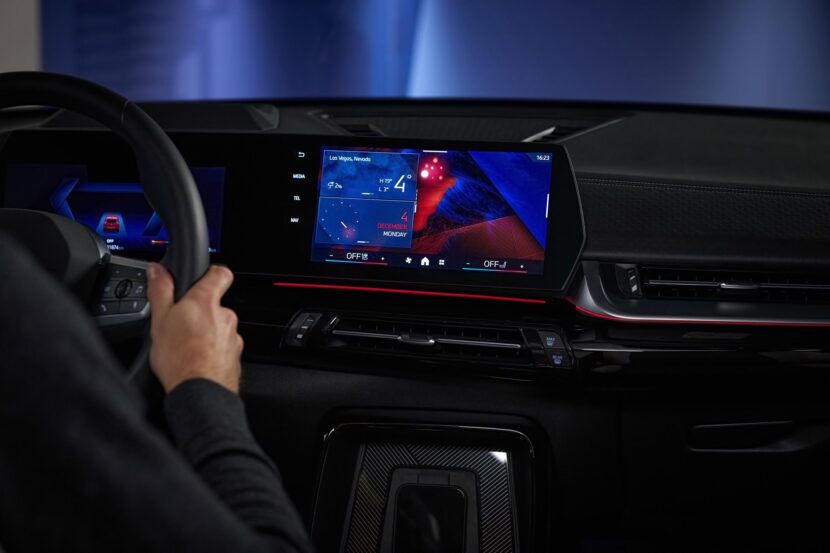BMW, a brand synonymous with sheer driving pleasure, has been known for its rear-wheel-drive vehicles that promise dynamic performance. However, the automotive landscape has evolved in the last decades, and so are the platforms underpinning BMW’s models. The Frontantriebsarchitektur (FAAR) was the latest step in this evolution, building upon the success of the UKL (Unter Klasse) platform. The platform has two derivatives: the UKL1 and UKL2.
The UKL platform marked a significant shift for BMW when it was introduced in 2014. It was the first time the company ventured into front-wheel-drive architecture, broadening its portfolio to include compact vehicles that could appeal to a different segment of the market. The UKL platform has been the foundation for several BMW and MINI models, including the BMW X1 and the entire MINI lineup, offering flexibility and efficiency in a smaller footprint.
UKL1 Models
- F56 Mini Hatch
- F55 Mini Hatch 5-door
- F57 Mini Convertible
In 2017, BMW took this a step further with the UKL2 / FAAR platform. This new architecture is not just an update; it’s a comprehensive overhaul designed to be lighter and more adaptable, especially to electric powertrains. The FAAR platform made its debut in redesigned versions of the 1-Series Hatchback, 2-Series Active Tourer, and the X1 and X2 SUVs. Moreover, it introduced new nameplates to the BMW family, such as the 2 Series Gran Coupe and the iX1 electric SUV.
The UKL1 evolved into UKL2 with the following products:
- F52 BMW 1 Series Sedan
- F40 BMW 1 Series Hatchback
- F44 BMW 2 Series Gran Coupe
- F45 BMW 2 Series Active Tourer
- F46 BMW 2 Series Gran Tourer
- U06 BMW 2 Series Active Tourer
- U11 BMW X1
- F39 BMW X2
- U10 BMW X2
- F60 MINI Countryman
- U25 MINI Countryman
- F54 MINI Clubman
What Are The Advantages of FAAR?
One of the most significant advantages of the FAAR platform is its flexibility. It has been engineered to accommodate multiple powertrain configurations, from traditional internal combustion engines to hybrid systems and fully electric setups. This modular approach ensures that BMW can cater to varying market demands and regulatory environments without the need for separate platforms for each powertrain type.
The FAAR architecture also signifies BMW’s commitment to electrification. As the automotive industry shifts towards sustainable mobility, the ability to integrate electric powertrains seamlessly into existing vehicle production lines is crucial. The FAAR platform is designed with this future in mind, allowing for the incorporation of electric motors and battery packs, so it comes as no surprise that there are still plenty of models to emerge on that platform. The upcoming F70 1 Series and F74 2 Series Gran Coupe are just two of them.
Limitations
There’s some uncertainty surrounding the future of FAAR beyond 2033. The platform’s limitations in accommodating larger batteries for long-range electric vehicles could lead BMW to explore other options for these type of vehicles as the industry shifts towards electrification. Of course, that means bringing the Neue Klasse architecture to the compact class as well. The NCAR can accommodate a variety of engineering packages with one, two, three and even four electric motors. The F70 1 Series and F74 2 Series Gran Coupe are staying in production until late 2033. With the MINI brand going all electric in 2030, the need for an additional platform might be limited. So the future certainly looks electrified for the current FAAR-based BMW products.







































































